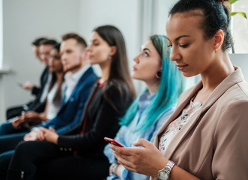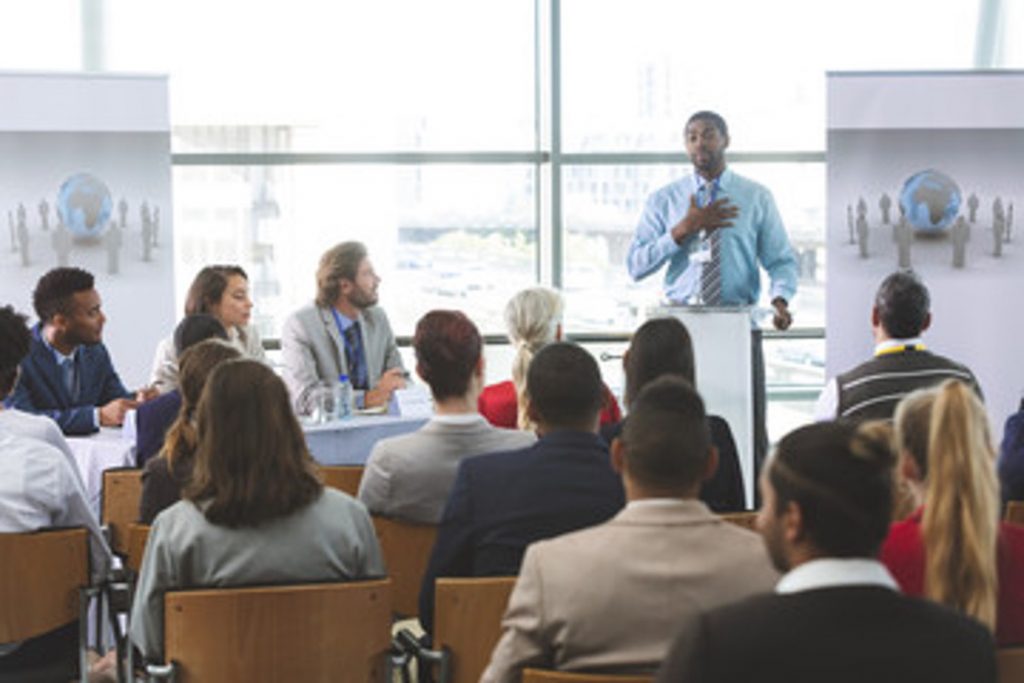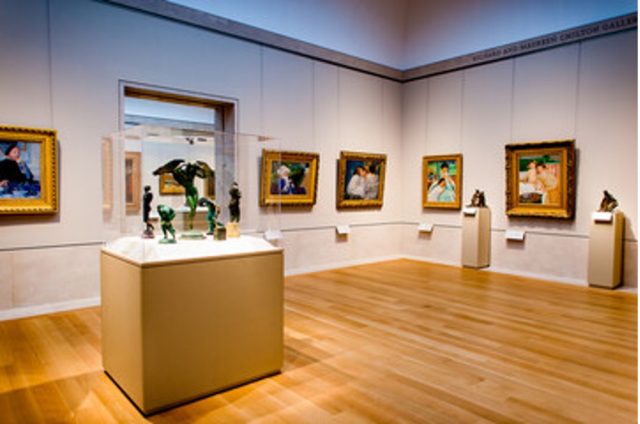Cultural sensitivity or cultural awareness has been a growing topic in museums for years, with the subject emphasized even further through the multiple human rights protests in the summer of 2020.
These zeitgeist shifts have shown that many people are growing more aware of issues present in the world around them, and museums have felt an understandable pressure to recontextualize exhibits, presentations, and their own methods with these thoughts in mind.
Frederica Wald is a professional that has always had an immense interest in the arts, and she has followed many of the trends within museums and affiliated cultural institutions for years noting similarities in their approaches to change.
Here, Frederica explores the topic of how museums are taking steps to prioritize cultural sensitivity for the benefit of their visitors, staff, and the artistic community.
Why The Growth in Emphasizing Cultural Sensitivity?
There are a variety of reasons that experts suggest for the emphasis on cultural sensitivity in museums and cultural institutions across the world in the present. For many, it is reflective of the changes that audiences have experienced over the course of several years.
With the average person having much more access to other perspectives through sources such as social media, television, etc., audiences have a constantly evolving understanding of what may be insensitive or even inaccurate.
In addition, as human rights campaigns gain even more exposure, museums have stressed that the thoughts and opinions of communities that pieces reflect (or that pieces derived from) as well. This though process has led to changes such as adding extra perspective, information, or even warnings to art.
For museums and institutions with exhibits reflecting a wide range of cultures and backgrounds, the need to be culturally sensitive throughout the process has existed for quite some time. Today, it is growing in pertinence because we have seen the effects that a lack of cultural sensitivity can have on key members of our communities.
What Steps Are Museums and Cultural Institutions Taking?
Freddi Wald finds that it is important to realize that each institution’s steps towards prioritizing cultural awareness will differ depending upon their existing methods and strategies.
Still, she notes that there are a variety of examples that exist as a template for museums that are working towards change. Listed below are just a few of the ways for improving cultural sensitivity industry-wide.
Hiring Diversity
 Within the past few years, museums have realized that the diversity of its staff has a notable impact on the cultural sensitivity of the institution and the pieces it presents. Freddi Wald maintains that the power of hiring a diverse network of employees benefits museums is found in the perspective that it offers, as the opinions, experience, and world view of multiple backgrounds contribute to cultural sensitivity immensely.
Within the past few years, museums have realized that the diversity of its staff has a notable impact on the cultural sensitivity of the institution and the pieces it presents. Freddi Wald maintains that the power of hiring a diverse network of employees benefits museums is found in the perspective that it offers, as the opinions, experience, and world view of multiple backgrounds contribute to cultural sensitivity immensely.
For example, in September of last year- the Met hired Patricia Marroquin Norby to serve as its first full-time Indigenous curator. Patricia Marroquin Norby is also the institutions first full-time curator of Native American art in its history. Patricia’s expertise is a great asset to the Met, as she is active in speaking to the various issues that face Indigenous communities and artists in Mexico and the Southwest and share important scholarly perspectives to keep respect for pieces and their stories at the forefront while she performs her duties as curator.
When evaluating hiring diversity, Frederica Wald warns against assuming a diverse employee network will eliminate the need for other important changes that prioritize cultural sensitivity. Hiring practices are just one facet of a rapidly evolving strategy to change the culture in more relevant and necessary ways with colleagues and leadership of individuals with diverse experiences and perspectives into the art world.
Visitor and Staff Feedback
According to Frederica Wald, one of the worst things that higher ups can do amidst the expansion of cultural sensitivity is to pretend to have all the answers or perspectives. On some occasions, it may be necessary to defer to others to determine how to best handle certain pieces and the thoughts and feelings they may spur in audiences. Task forces, employee resource groups, platforms to confidentially voice opinions and behavior will begin to impact change for the better.
Another notable change is that there is a QR code visible on the diorama that asks visitors to scan and share any comments or concerns. Recognizing potentially harmful sentiment within art and giving audiences the ability to voice how it impacts them is a step in the right direction, according to Frederica Wald. This is because it gives us the ability to examine the past with the critical lens of the present.
Discrimination and Unconscious Bias Training
 Making efforts to increase cultural sensitivity within museums can not be done without a strong commitment to training individuals at all levels. To properly protect against discrimination and unconscious bias at the institution, anti-racism is now essential for all staff, Trustees, and volunteers.
Making efforts to increase cultural sensitivity within museums can not be done without a strong commitment to training individuals at all levels. To properly protect against discrimination and unconscious bias at the institution, anti-racism is now essential for all staff, Trustees, and volunteers.
Freddi Wald recognizes that there are many ways that museums are rolling out their plans to handle training. Last year, the Met released a multi-step list of commitments to bring meaningful change to their existing infrastructure- and they are not the only institution to do so. The Met released commitments to anti racism, diversity support and a stronger community a year ago during the tumultuous summer 2020 as a roadmap of activities and actions that would provide a meaningful framework to move the Museum forward. This work is never completely done but one year later, The Met Museum has continued its leadership in the cultural and museum field with many tangible initiatives underway in education, hiring, internships and vendor relationships, and its art exhibitions, programming, and training on site.
Museums realize that, while many of the pieces studied and presented are from the past, their methods regarding culture must be forward thinking and adaptable. Continuing trainings and refreshers for cultural sensitivity are one of the most streamlined ways to maintain a commitment to change.
Looking Forward
Frederica Wald speaks to how museums- much like many other institutions- have a lot of work ahead of them if they want to form a fully inclusive and equitable environment. But the dedication that many museums across the world have shown within the past few years reflects a willingness to take the steps necessary for meaningful changes.
For museums and institutions that are still working on solidifying their methods for inclusion, Freddi Wald encourages them to take a deep look at their infrastructure and take feedback and insights from other cultural institutions, large and small and the community for more ideas surrounding cultural sensitivity.







